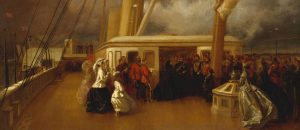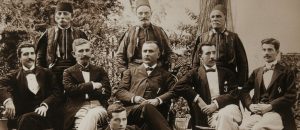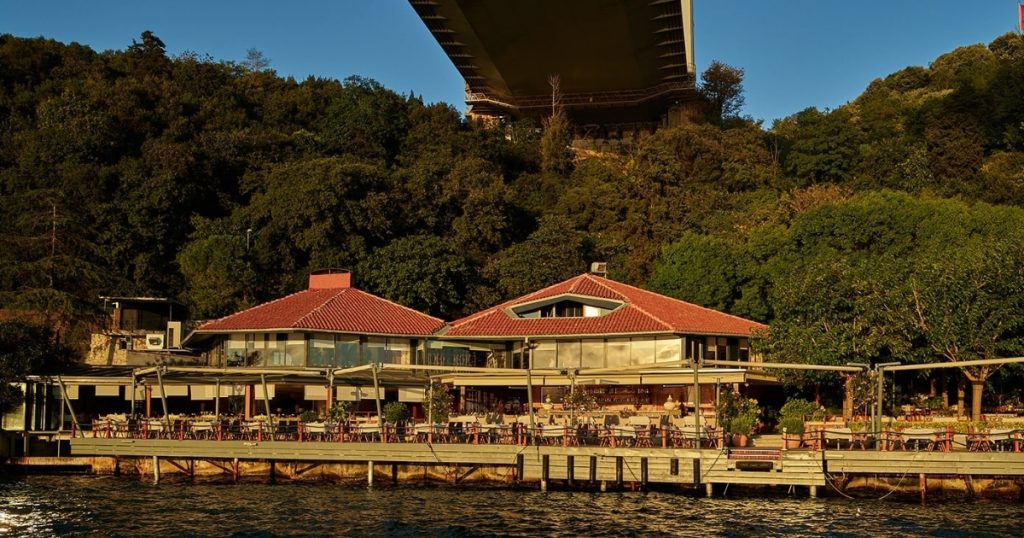The Valide Sultans of Dolmabahçe Palace had a very different role from the powerful figures we are familiar with from popular culture, such as Hürrem Sultan or Kösem Sultan of Topkapı Palace. The institution of Valide Sultanate at Dolmabahçe, as a result of the Tanzimat reforms, largely lost its political power, and its role was mostly limited to managing palace protocol, engaging in charitable works, and serving as a symbolic representative as the “queen mother” of the dynasty. The “queens” who ruled the state from behind the scenes of the Topkapı Harem were replaced at Dolmabahçe by “queen mothers” who had a more ceremonial and social role, isolated from politics, much like in Western palaces. This was a reflection of a fundamental change in Ottoman governance mentality that extended to the Harem. Dynasty and its Women in Dolmabahçe ->
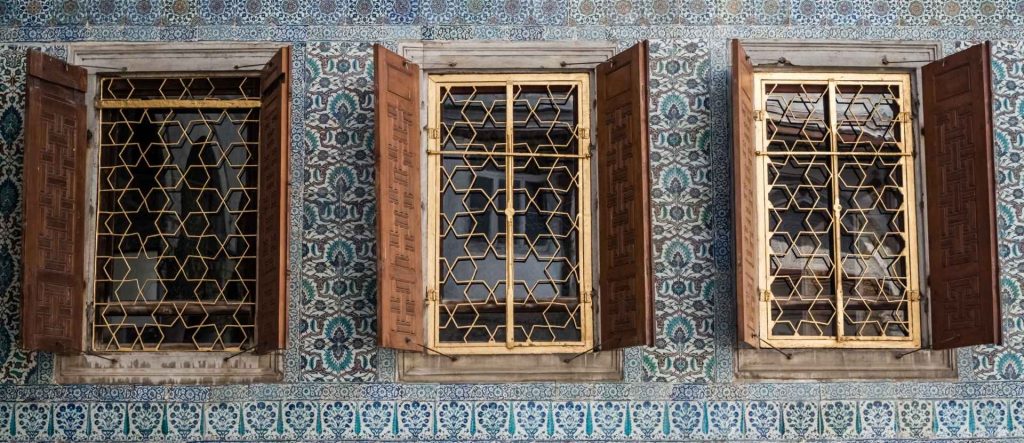
Partner in Power at Topkapı: The “Sultanate of Women”
In the 16th and 17th centuries, particularly during the period known as the “Sultanate of Women,” Valide Sultans (the Sultan’s mother) and some Haseki Sultans (the Sultan’s consorts) at Topkapı Palace became the most powerful political figures of the empire. There were several key reasons for this:
- Child Sultans: When sultans ascended the throne at a young age, their mothers, the Valide Sultans, effectively governed the state as “regents.”
- Location of the Harem: The Harem’s proximity to the Divan-ı Hümayun (Imperial Council), where the state was governed, allowed Valide Sultans to closely follow political events and intervene in politics through grand viziers.
- Devshirme System: The fact that most grand viziers and pashas at the top of the state were of devshirme origin and loyal to the dynasty allowed Valide Sultans to use this network of loyalty to their advantage.
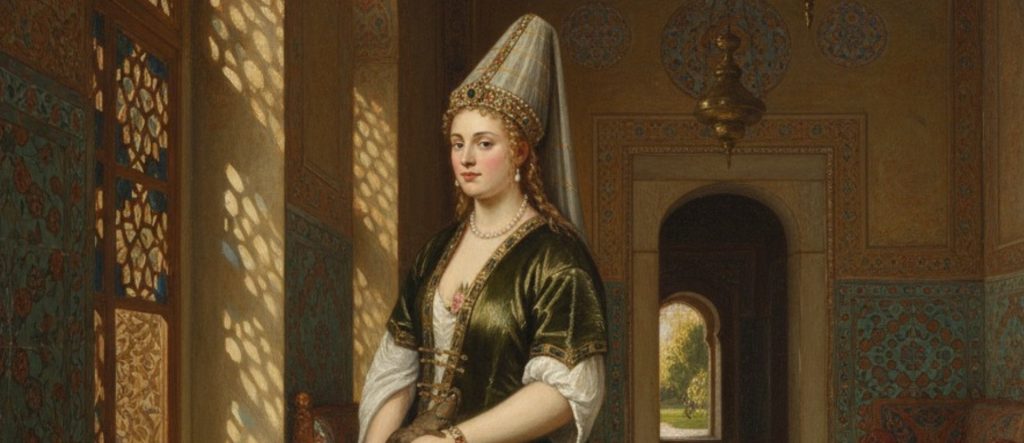
Figures such as Hürrem Sultan, Nurbanu Sultan, Safiye Sultan, and especially Kösem Sultan, could receive ambassadors, correspond with foreign rulers, appoint or dismiss grand viziers, manage the treasury, and even have a say in military decisions. They were true partners in power.
Read More about the Sultanate of Women period ->
Figures of an Era: The Shapers of Transformation
The spies, the pashas, the revolutionaries… The late Ottoman era was a chessboard of powerful figures. Meet the key players who defined this age of intrigue and transformation.
MEET THE FIGURES OF AN ERA →
Changing Role at Dolmabahçe: From Power to Representation
The reform process that began with the Tanzimat Edict (1839) radically changed not only state institutions but also the power dynamics within the palace. The reasons behind the decrease in the political power of Valide Sultans in this new era are as follows:
- Rise of Bureaucracy: Power gradually shifted from the palace to the Bâb-ı Âli, the modern bureaucracy formed by the Grand Vizier and nazırs (ministers). The state began to be governed by laws and regulations, rather than personal relationships. This diminished the personal influence of Valide Sultans over grand viziers.
- Adult Sultans: The sultans of the Dolmabahçe era (with the exception of Sultan Abdülaziz) generally ascended the throne at a mature age. This eliminated the need for a “regency” institution.
- Architectural and Social Change: The architecture of Dolmabahçe Palace also physically distanced the Harem from the center of politics. The Harem was now defined solely as the Sultan’s private living space. Furthermore, under the influence of Westernization, the roles of dynastic women also changed; instead of political intrigue, charities, foundations, and social activities came to the forefront.
From Pertevniyal to Perestu: The Last Valide Sultans
The Valide Sultans of Dolmabahçe Palace are the most concrete examples of this changing role:
- Pertevniyal Valide Sultan (Sultan Abdülaziz’s mother): She is considered the last Valide Sultan who tried to preserve her traditional power. During her son’s reign, she attempted to intervene in politics, particularly clashing with reformist statesmen. However, even her interventions could not compare to Kösem Sultan’s power and generally resulted in failure. She is a tragic figure caught between the old order and the new.
- Rahime Perestu Valide Sultan (Adoptive mother of Abdülhamid II): She was the last person to hold the title of “Valide Sultan.” She completely stayed out of politics, dedicating her time to charity work and the administration of the Harem. Her role was entirely that of a Western “Queen Mother.” She had only a spiritual influence over the Sultan and absolutely did not interfere in state affairs. She represents the silent farewell of a centuries-old institution.
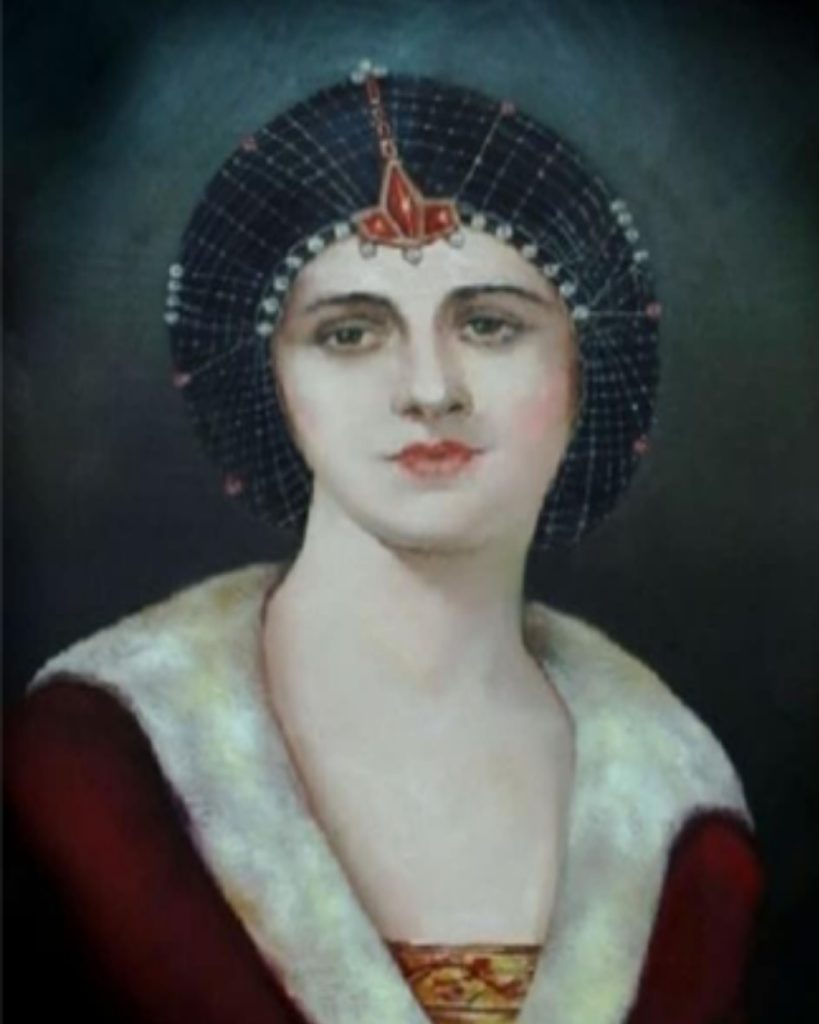
From Sovereignty to Symbol
In conclusion, the reason why the institution of Valide Sultans of Dolmabahçe Palace was not like during the time of Hürrem and Kösem Sultans is the fundamental political and institutional transformation the Ottoman Empire underwent. The Tanzimat reforms, the rise of modern bureaucracy, and the shift of power from the palace to the Bâb-ı Âli pushed the Valide Sultans out of the political game. They were no longer the powerful “queens” who ruled the empire, but respected “queen mothers” who represented the dignity of the dynasty, managed protocol, and undertook social responsibilities. This change is the most striking indicator of how the Harem and the women within it evolved along with an empire.
The Archives Await
The story you’ve just read is a single thread in a rich historical tapestry. The Dolmabahçe Journal holds countless other narratives of art, power, and transformation waiting to be discovered.
READ MORE FROM THE JOURNAL →









